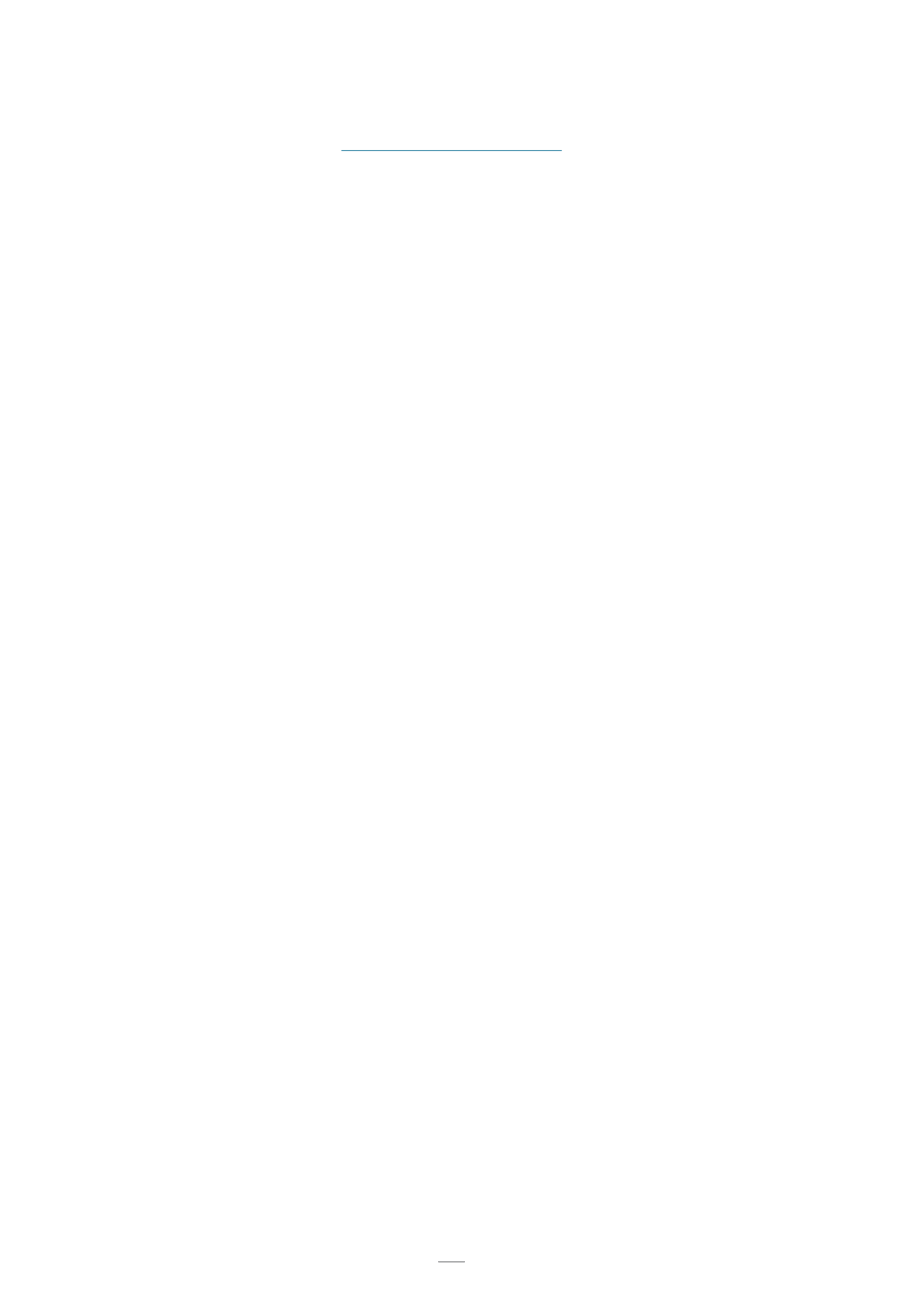
Letter to
Unitholders
Dear Unitholders,
It is with great pleasure that we present
our results for the financial year ended
31 March 2015 (“FY2015) to you. Religare
Health Trust (“RHT”) has delivered
consistent and stable performance since
it was listed on the Singapore Exchange
Securities Trading Limited (“SGX-ST”),
FY2015 saw a sizable jump in both its
Total Revenue and Net Service Fee and
Hospital Income.
1
Total Revenue increased
40% from S$93.5 million to S$130.6
million between the financial year ended
31 March 2014 (“FY2014”) and FY2015,
while Net Service Fee and Hospital Income
grew 47% from S$62.4 million to S$91.6
million. This led to a higher Distributable
Income in FY2015 of $58.2 million,
an increase of S$11.5 million compared
to the previous financial year.
There were a few key drivers of the growth
in Total Revenue. Firstly, the Base Fee
for the existing portfolio grew by 3%
across the board for all Clinical
Establishments. Secondly, we received
an increase in Base Fee, as well as a
Variable Fee for the Gurgaon Clinical
Establishment which commenced in
FY2015. Thirdly, RHT had acquired
a new Clinical Establishment, the
Mohali Clinical Establishment in
May 2014. Fourthly, there was an
organic increase of 103 beds to the RHT
portfolio in FY2015, which added to the
increase in Total Revenues.
Net Service Fee and Hospital Income
grew as a result of the increase in Total
Revenue. However, it also received a
boost from an increase in the average
revenue earned per operating bed
(“ARPOB”) at the Clinical Establishments.
The ARPOB for our Clinical Establishments
had increased by 26% compared to
FY2014 stemming from an increased
focus on the provision of high end
In FY2015, an investment
in RHT would have given
a total return of 36.8%
2
.
medical treatments by the operator, Fortis
Healthcare Limited (“FHL”). These high-
end medical treatments commanded
higher margins.
Distributable Income increased by 25%
over the last financial year. The increase
in Distributable Income was slightly
dampened by the exchange rate which
was used to convert the Indian Rupee
denominated cash flows into Singapore
dollars for distributions to unitholders. It is
worth noting that the Distributable Income
would have grown by 40% over FY2014,
in proportion with the increase in Total
Revenue and Net Service Fee and Hospital
Income, if the exchange rate had remained
similar to that of FY2014.
FY2015 also represents a full financial
year since the expiry of the Sponsor Waiver
2
on 31 March 2014. As seen from the
financial results for FY2015, we are pleased
to report that there has not been any adverse
impact on the Distributable Income for
unitholders for FY2015. In FY2015, an
investment in RHT would have given a
total return of 36.8%
3
.
Overall, we are satisfied with the
financial results that we have achieved for
unitholders in FY2015, having returned
approximately S$58.2 million in
distributions back to you.
LOOKING AHEAD
FY2015 proved to be an interesting year
for Indian politics. The election of a new
government with single party majority,
which has not been seen in India for close
to 30 years
4
, was greeted by investors with
much optimism. The new government
led by Prime Minister Narendra Modi
has been viewed to be pro-business and
much is expected from them with regards
to implementing reforms that will help to
spark the Indian economy into growth. The
unexpected drop in oil prices in the second
half of 2014 also had a profound impact
on the Indian economy which is a large
importer of crude oil. The fall in crude oil
prices will serve to both help lower inflation
in the country as well as reduce fiscal deficits.
RHT benefitted from all these changes
in the macro-environment as the Indian
Rupee started strengthening and stabilising
against the Singapore dollar since RHT was
first listed on the Singapore Exchange in
19 October 2012.
Within the Indian healthcare industry,
the private sector has established itself
as a vibrant force. It currently accounts
for almost 72% of the country’s total
healthcare expenditure
5
. We believe that the
continued demand supply imbalance in the
Indian healthcare market, where demand
is greater than the supply, will continue
to attract participation from the private
players. Furthermore, a growing demand
for more specialised medical treatments
and technologically advanced medical
equipment by the increasingly
affluent
Indian population is also expected to be
filled by the private sector players.
In FY2015, we increased the number of
operating beds within the existing RHT
Clinical Establishments by 447 beds.
This was done in conjunction with the
operator of our Clinical Establishments,
FHL. Management has also put into
action, plans to add another 571
operating beds to the existing Clinical
Establishments between now and 2017.
The increase in the bed capacity at the
Clinical Establishments is intended to
be used mainly to cater to the provision
of specialised medical treatments such as
oncology and cardic related ailments.
Together with FHL, management views
the change of medical programs being
offered at the Clinical Establishments
as key in increasing revenues. As India’s
economy continues to grow, more people
RELIGARE HEALTH TRUST
14


